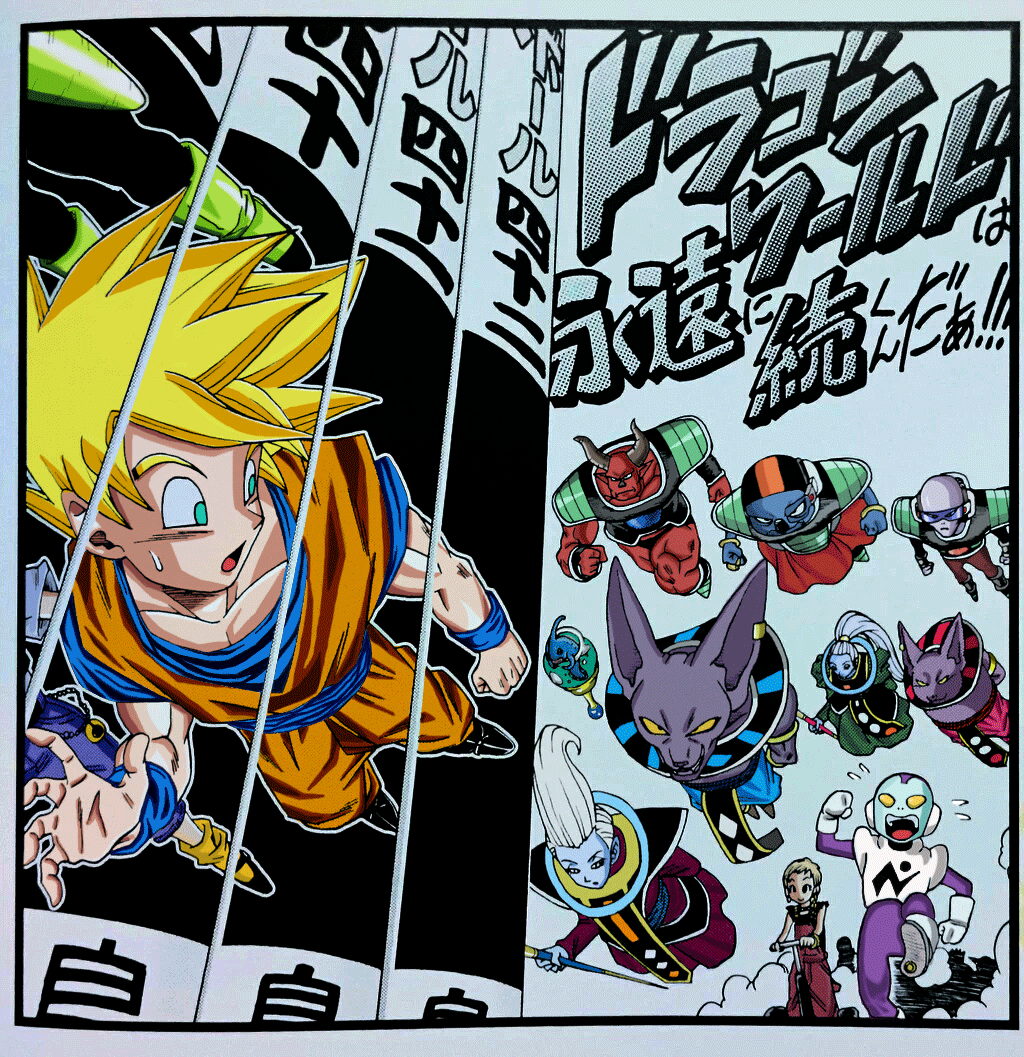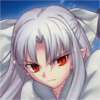Why Was Dragon Ball Z's "Picture" Shaky?
Moderators: General Help, Kanzenshuu Staff
Why Was Dragon Ball Z's "Picture" Shaky?
I'm not really in-tune with how animation worked back then, but something I noticed that I didn't growing up was that DBZ and Kai's (Since it's the same film) was a bit shaky at times. For example, you'd see a still Goku and the sky would look like it was shaking or something in the background. I should find a clip for those that don't understand what I mean, but I'm sure others has noticed this. What causes it? I realize it might of been because of lack of technology back then, but what caused it specifically, or what didn't we have then that we do now that prevents that?
- thejeremymenace
- Beyond Newbie
- Posts: 124
- Joined: Mon Oct 24, 2011 9:58 pm
Re: Why Was Dragon Ball Z's "Picture" Shaky?
It's telecine wobble, AKA gate weave.
http://www.michaeldvd.com/Articles/Vide ... obble.htmlWhen film is transferred to video, it is done by a telecine machine. This is a machine that is fundamentally a modified movie projector, but instead of projecting the film image onto a screen, the film is projected onto a device which converts the film image into a form suitable for processing into video.
The film is moved through the telecine machine mechanically. If the mechanics of the telecine machine are not precisely set up, the film can weave backwards and forwards as it passes through the machine, with the result that the final video image wobbles from side-to-side as well.
Telecines are not the only source of wobble in a video image, however. Wobble can also be introduced by the original camera shooting the film if its mechanism is not perfect.
デデーン
Twitter: @gravitypriest
Dragon Radar ~ Subtitles for the Dragon Box Thread | Download | Source
Dragon Ball dialogue bot @dbz_ebooks | Thread | Source
Twitter: @gravitypriest
Dragon Radar ~ Subtitles for the Dragon Box Thread | Download | Source
Dragon Ball dialogue bot @dbz_ebooks | Thread | Source
- Hujio
- Kanzenshuu Co-Owner & Administrator
- Posts: 2496
- Joined: Tue Jan 13, 2004 1:28 pm
- Location: Nebraska
- Contact:
Re: Why Was Dragon Ball Z's "Picture" Shaky?
In older traditional film animation this shakiness is known as frame jitter. To really understand how it is caused, you have to understand at least a little about how film animation is created. Each individual frame of an episode had to be photographed onto film, one at a time, with the character in the foreground placed over an artistic background. If one frame happened to be photographed just slightly different in contrast to the previous frame photographed, the end result would be that the frame appears to jump or jitter around as the animation is running. Digital animation does not have this issue, as it is never turned into a physical media, but remains entirely digital. Any shaking or jumping in digital animation has be purposely added.
Unlike more modern digital animation, traditional animation also required film projection using various types of film equipment, which is a mechanical process. Over time, and with repeated viewing on a film projector, the film perforations (the little holes on the sides) can become worn and add additional shakiness to the picture as the film goes through the projector.
Unlike more modern digital animation, traditional animation also required film projection using various types of film equipment, which is a mechanical process. Over time, and with repeated viewing on a film projector, the film perforations (the little holes on the sides) can become worn and add additional shakiness to the picture as the film goes through the projector.
Re: Why Was Dragon Ball Z's "Picture" Shaky?
Thanks guys really helpful 
Re: Why Was Dragon Ball Z's "Picture" Shaky?
Also, it doesn't help that the TV series was photographed onto 16mm film which is much smaller than 35mm mainly used for theatrical productions. Being physically smaller leads to more visible jitter caused by playback.

